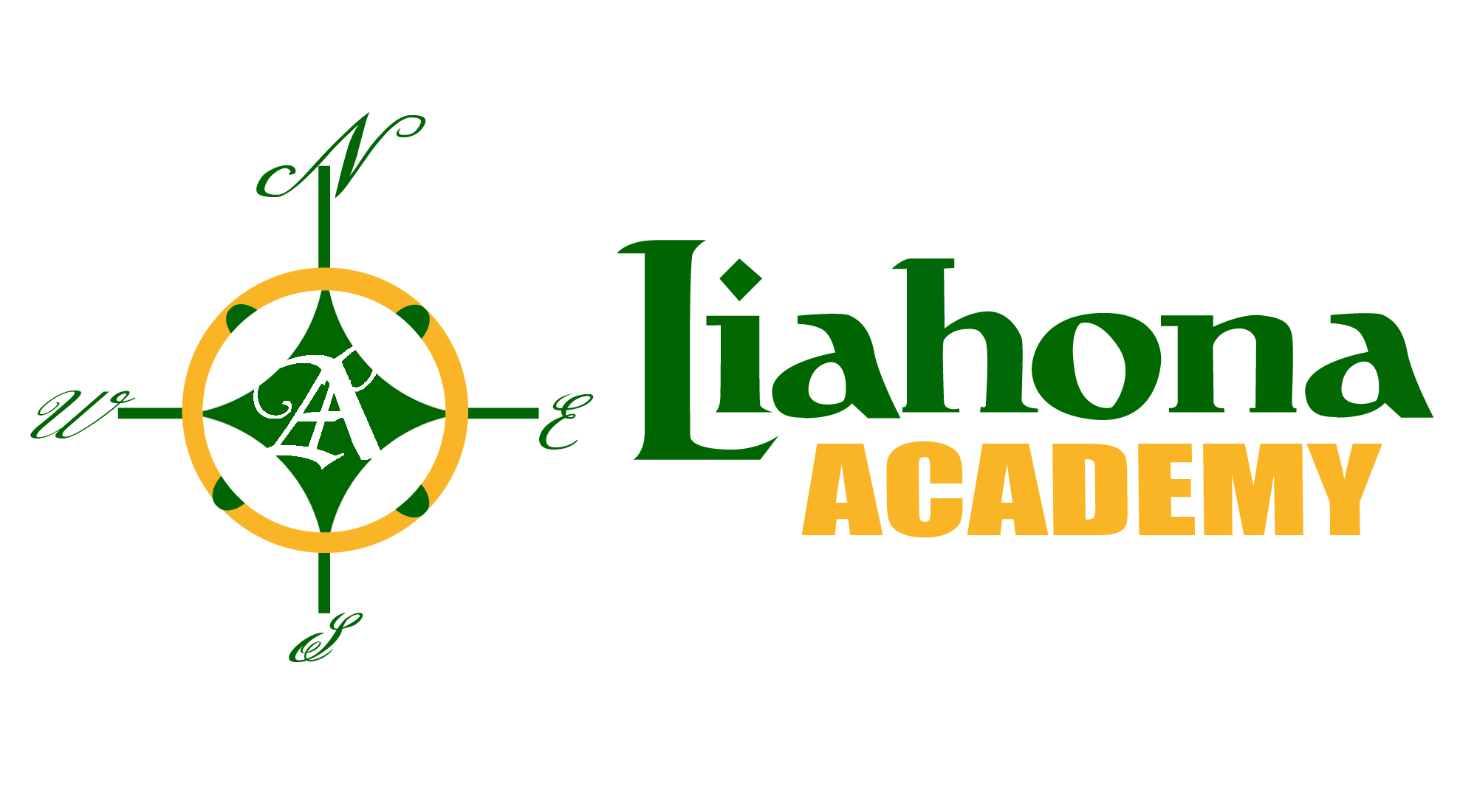 Does your son have attention deficit hyperactive disorder (ADHD)? A diagnosis of ADHD is just the first step in helping your teen to figure out how to fit into a world that may not always understand him. One of the best strategies that you can take to help your ADHD son is to introduce action steps.
What are ADHD action steps? Also often referred to as chunking, this strategy can help teens who struggle to keep up with schoolwork, extracurricular and home responsibilities, and other potentially overwhelming tasks.
Does your son have attention deficit hyperactive disorder (ADHD)? A diagnosis of ADHD is just the first step in helping your teen to figure out how to fit into a world that may not always understand him. One of the best strategies that you can take to help your ADHD son is to introduce action steps.
What are ADHD action steps? Also often referred to as chunking, this strategy can help teens who struggle to keep up with schoolwork, extracurricular and home responsibilities, and other potentially overwhelming tasks.
What is chunking?
The name may sound funny, but chunking can be exceptionally helpful for teens struggling to get and stay organized and feeling overwhelmed by the tasks they have on their plate. This definition can help you and your teen better understand this strategy. First, it’s important to understand why those with ADHD need help with time management and coping with large tasks. People, whether children, teens, or adults, quite often have a different perspectives when it comes to time and time management. If you have ADHD, you may find that you struggle with the ability to keep up with tasks. You may be an expert at procrastinating, particularly if a task appears to be too large, too confusing, or just too much for you. ADHD can also make it more difficult to anticipate the rewards and consequences of both doing or ignoring a task. These traits can all play a role in having trouble with punctuality, deadlines, and effective planning. Here's where chunking can come in. A good definition of chunking is that it involves grouping related items together to be more memorable and manageable. As an example, if your teen has a large homework project that has many parts to it, he can work on it to identify the sections that are related. Perhaps he can first focus on gathering his needed items. Then, he can focus on doing research for just one section versus getting overwhelmed with the knowledge that he needs to research half a dozen topics. In essence, chunking is a way to break down large goals into achievable steps that are much more manageable. This process can help you better understand each of the smaller tasks needed to achieve the larger goal. It can also help you to create a realistic timeline to help you get each of the tasks done. This is not a strategy just for teens who are struggling. Many adults find it useful for home, school, and work projects.Helping your teen with action steps
How can you help your frustrated or disheartened teen break down the process into actionable steps? To begin, you and your teen may find it helpful to work backward from the goal. If he needs to create a poster board project about a certain historically significant person, you’ll need to think about what the end goal will look like so that he can think about what is needed to get to that finished project. As each action step is thought of, it presents the opportunity to create additional smaller action steps that may be more manageable. Using the poster board project as an example, your teen can work out what he needs for the project. On a high level, here are what his first goals could look like.- Get the materials for the project
- Gather the information that’s going to be displayed
- The poster board itself
- Glue
- Markers
- Pens
- A printer with paper
- Create a list of facts and significant points that he needs to focus on for his project. Does he need to include information about the person’s early life or just the important things he did in life? This is an opportunity to break down his list into smaller steps. Each item on the list can be tackled individually so that your teen doesn’t get overwhelmed by the larger amount of information he needs to gather.
- Does he need to source images for his project? Will printouts work? Are there any other materials that need to be on display related to his topic?
- Take dishes and cups to the kitchen
- Gather laundry into a basket
- Wash the laundry
- Make his bed
- Pick items up off the floor
- Vacuum the floor


Leave a Reply